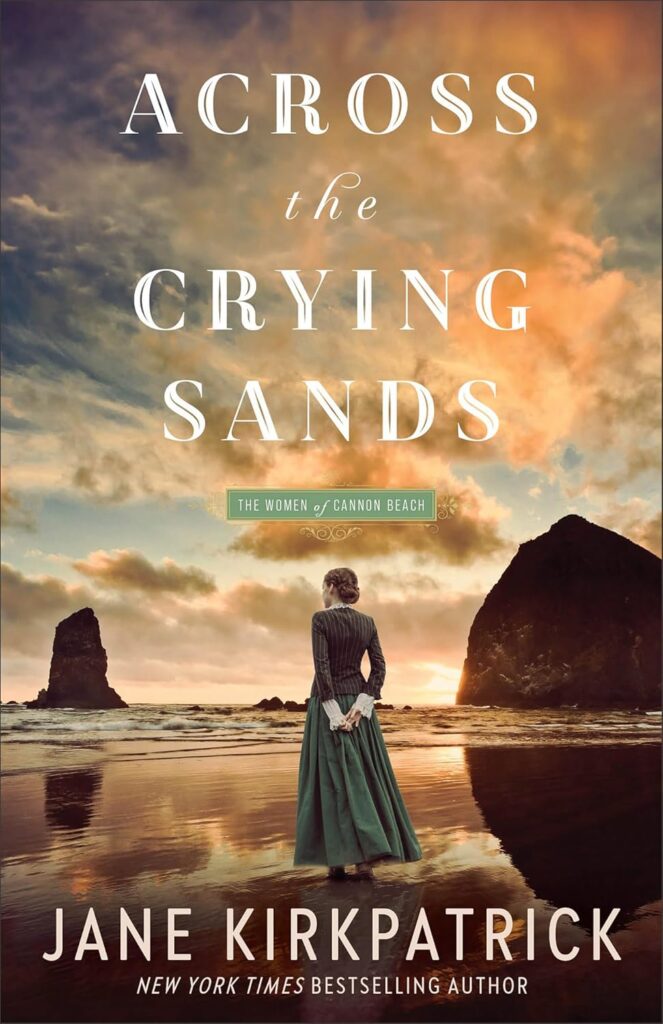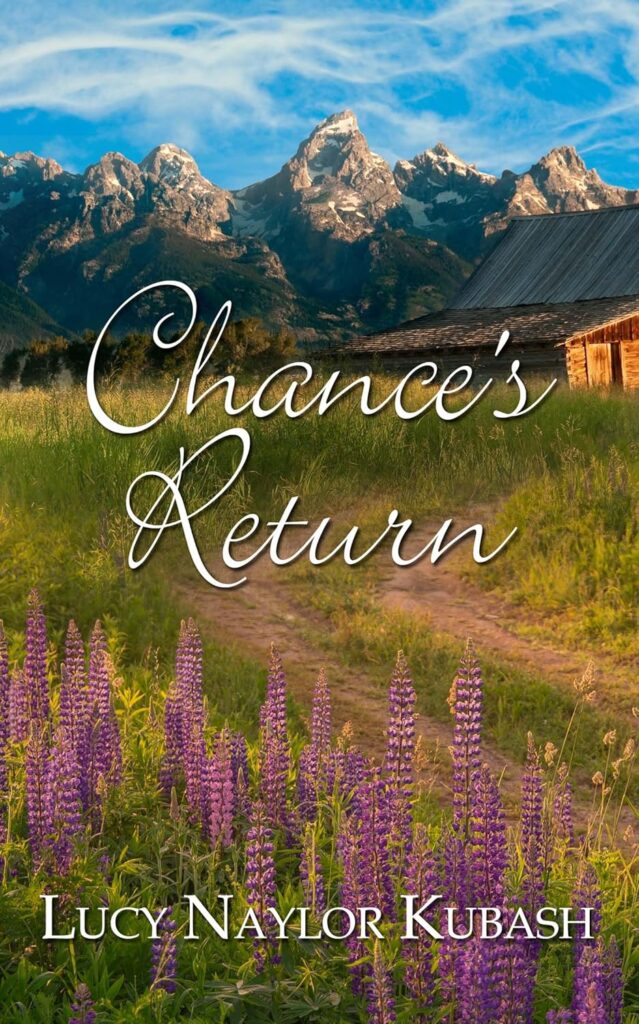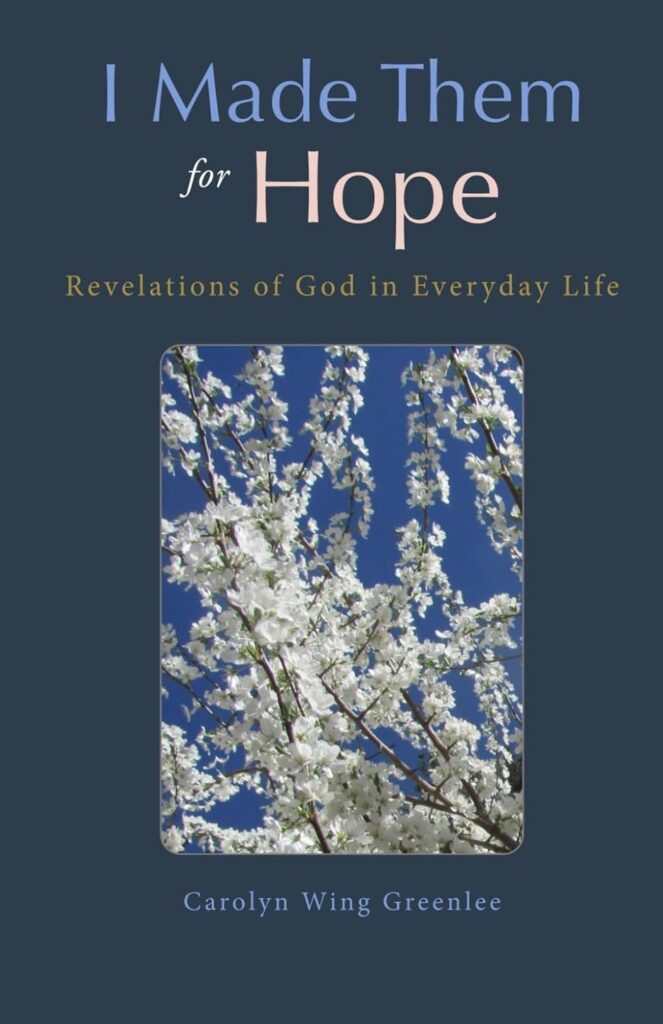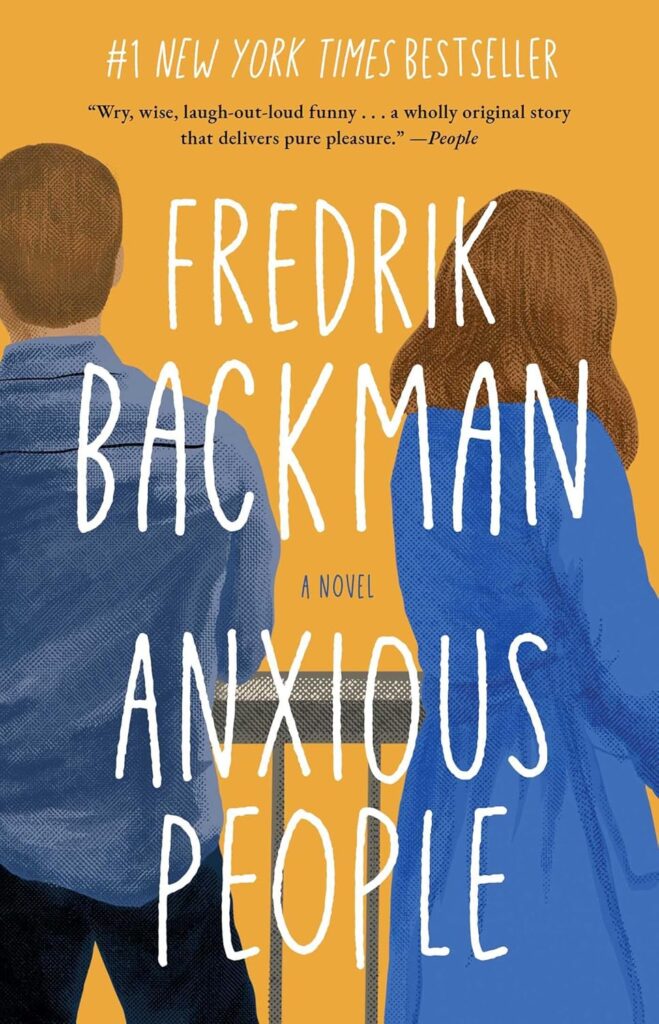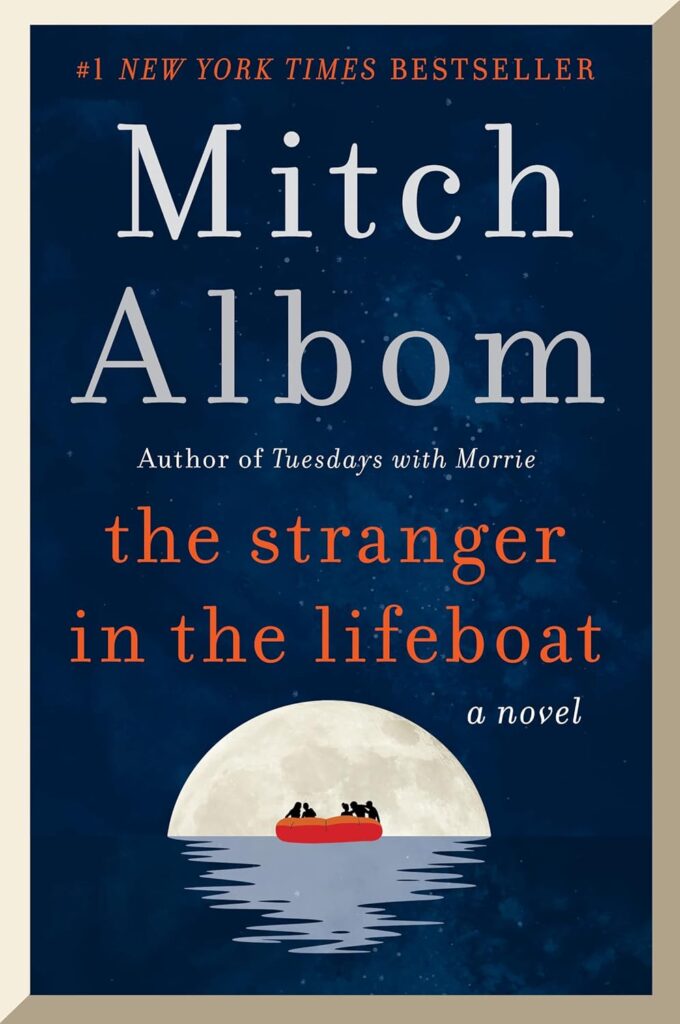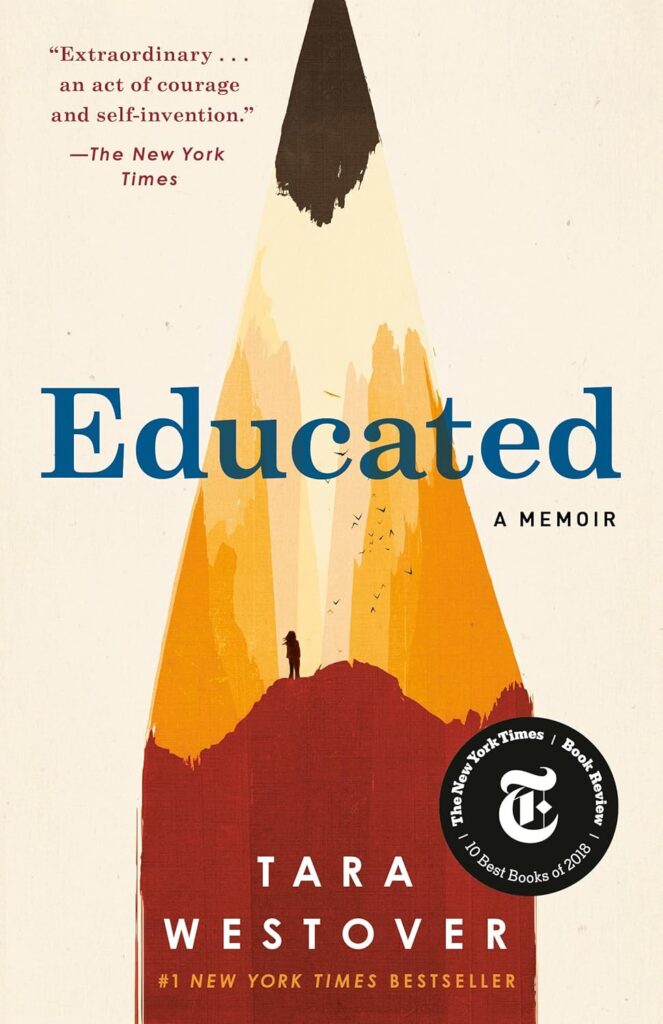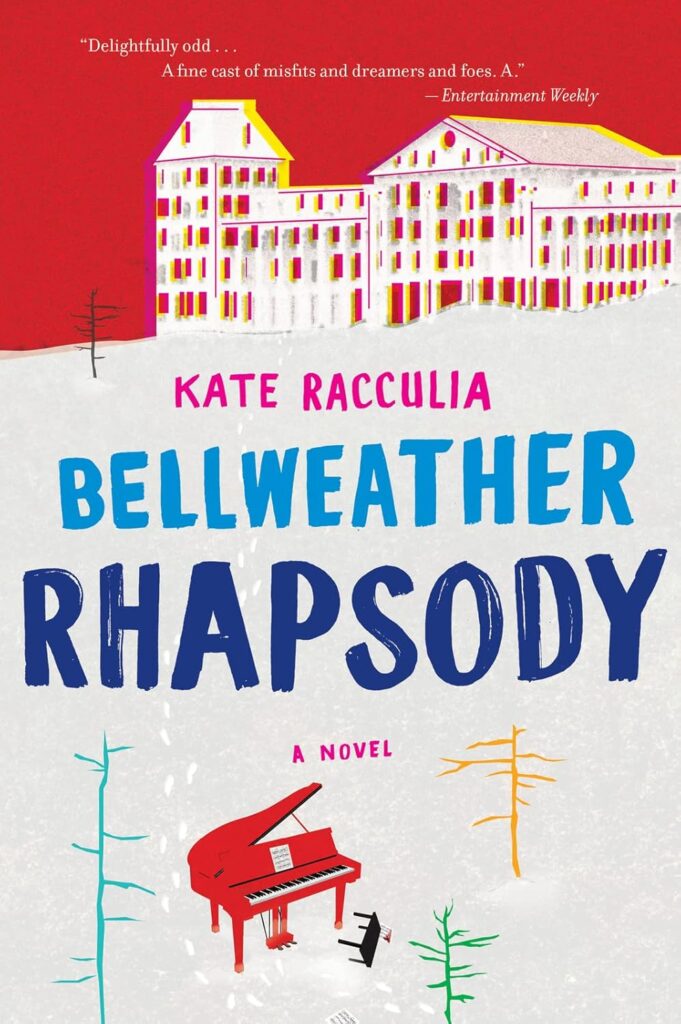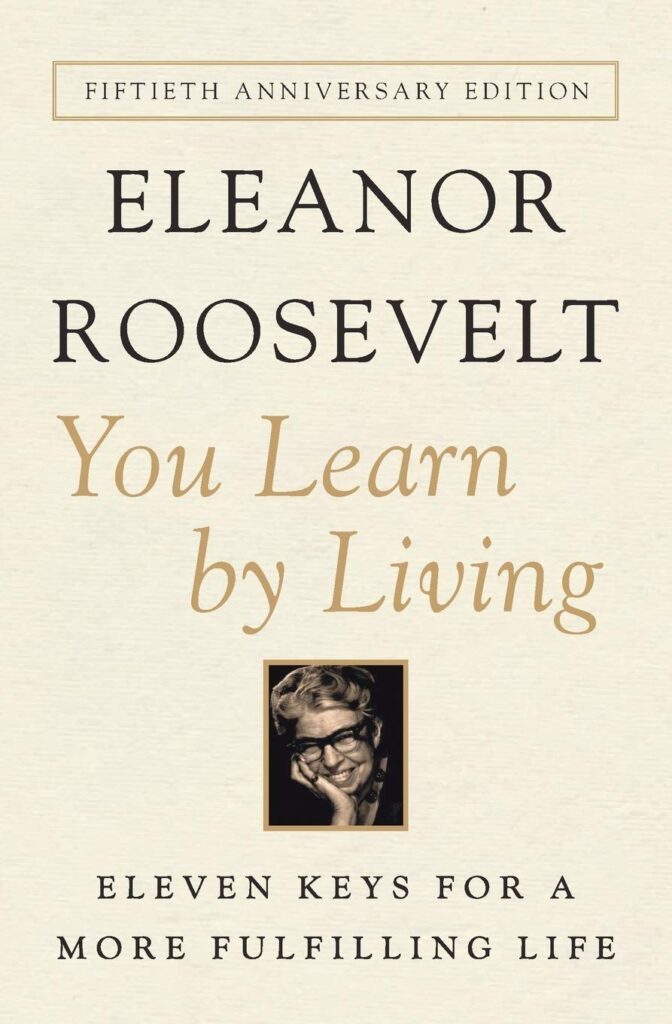“A life without risk is no life at all.”
——Across the Crying Sands
Across the Crying Sands, a powerful historical novel by Jane Kirkpatrick, is book one of “The Women of Cannon Beach” series. The novel is inspired by a true story and takes place along Oregon’s coast beginning 1888.
Mary Edwards is the only child of loving parents. Her mother harbors fears and finds contentment in staying close to home and tending her family. She’s cautious, even fearful, around strangers.
Mary, 16, is happiest when outdoors, relishing the rugged Oregon coast. She marries John Gerritse, 24, originally from The Netherlands, a sailor who has sailed around the world. The two work hard to prove their homesteading claim as they start their family. It doesn’t take Mary long to realize being a wife and mother isn’t the adventure she had expected. She loves her family, but doesn’t find fulfillment in the endless feeding and caring for a rapidly growing family. She yearns for adventure, for something besides the endless drudgery of homemaking.
John works hard, and for a spell goes back to sea, then later works the land to provide for his family. To bring in extra income, he takes a mail route, riding horseback for miles, delivering mail to seaside communities. Mary, in the meantime, has had a miscarriage and experiences deep depression. She desperately needs to be outdoors, to have adventure, to do something. John finally agrees to allow Mary to take over the mail route. They hire someone to care for the children so that John can continue working the land.
Mary’s mail route takes her along the wild Pacific coast, through rugged mountain trails and remote beaches, always on the lookout for changing tides and sudden squalls. She finds the spark of life she had lost, and relishes in the adventure. But will she be able to cope with the dangers this adventure presents?
I loved this story of courage and unconventional lifestyle. Typical of Jane Kirkpatrick’s novels, she describes the history of the area, how Cannon Beach got its name, and the development of this rugged coast. Across the Crying Sands brings the settlers and landscape to life. Through Mary Edwards Gerritse, we learn that “women are capable of being good wives and mothers and having careers,” and the importance of being true to yourself and following your own values, beliefs, and passions.


